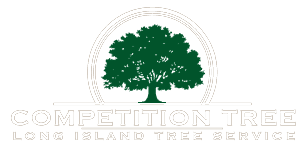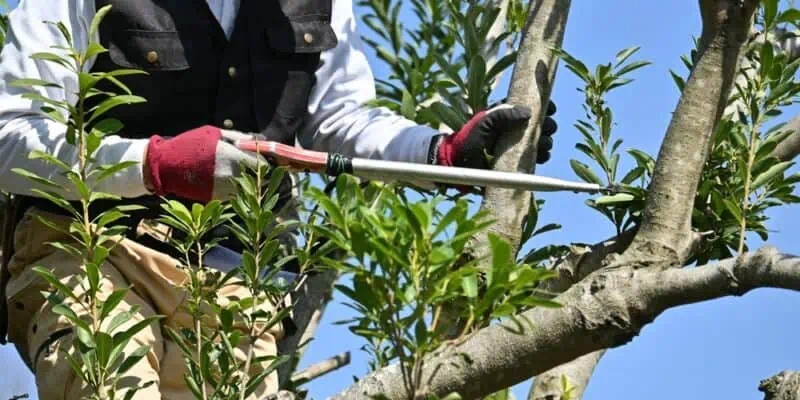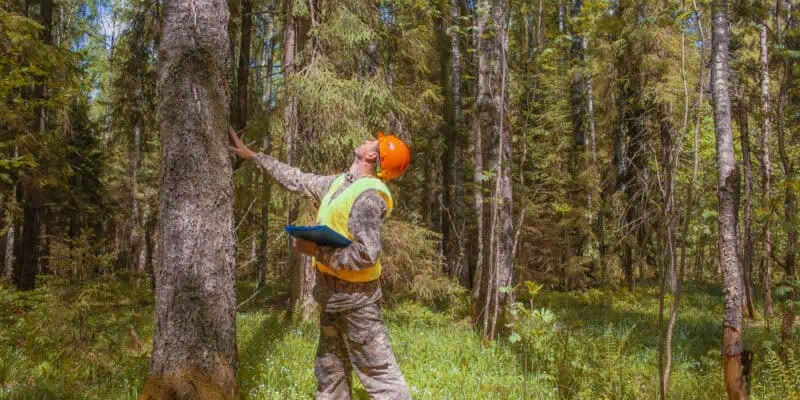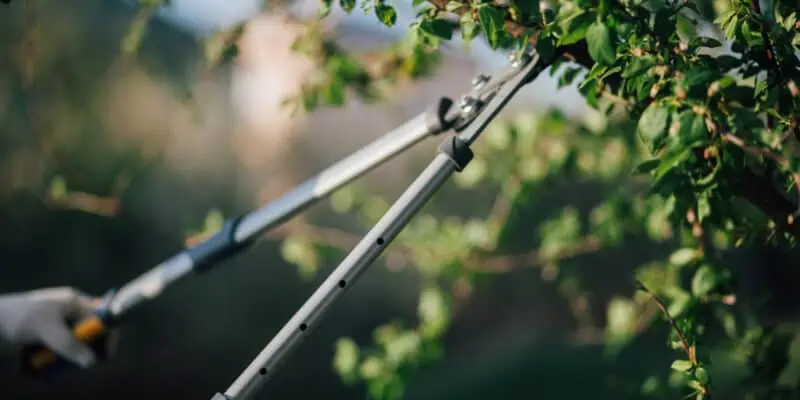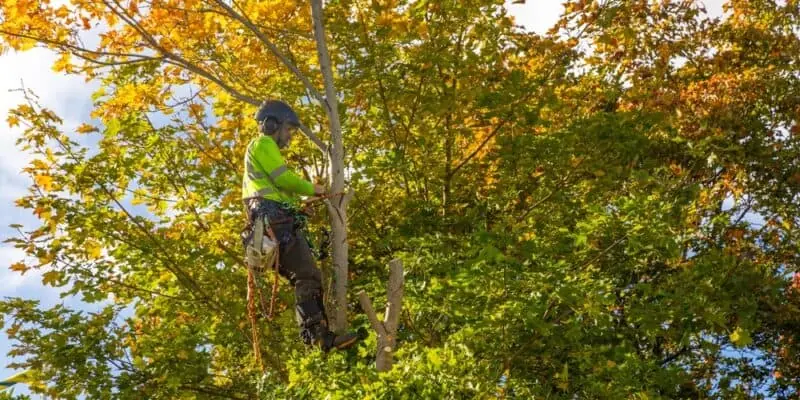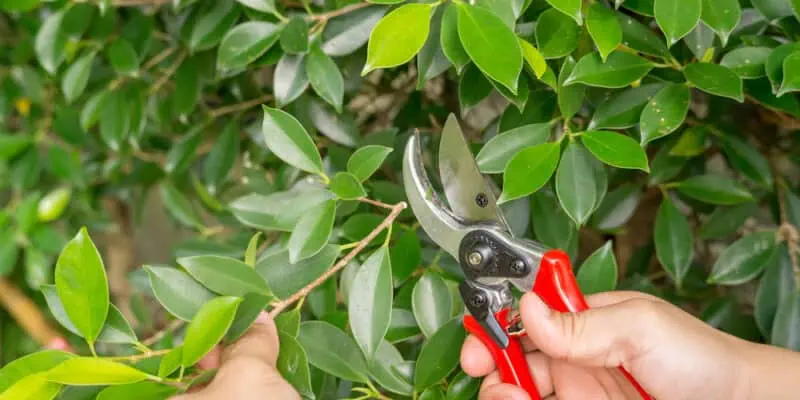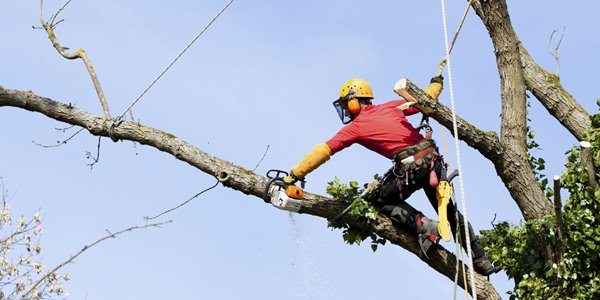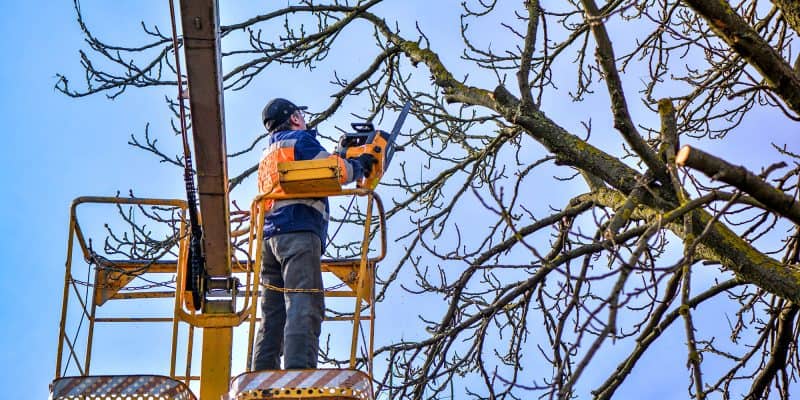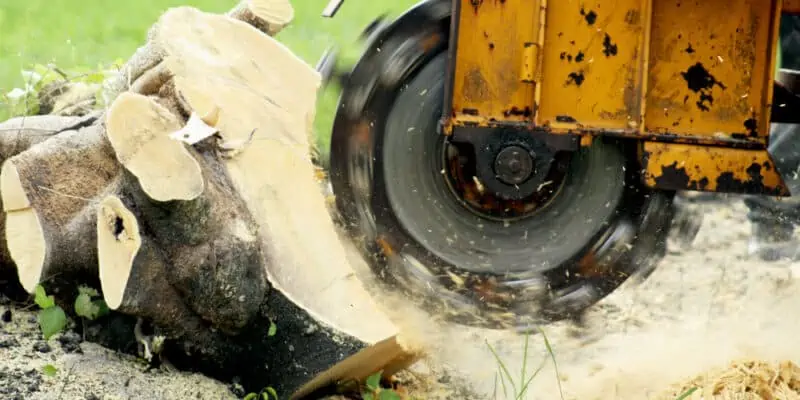Expert Tips from Competition Tree, Inc.
Why Tree Pruning is Important
Tree pruning is more than just cutting off branches. It’s about maintaining the health, safety, and aesthetics of your trees. In Long Island, NY, proper tree pruning can ensure your trees grow strong and healthy. By removing dead or diseased branches, you can prevent potential hazards. Plus, well-pruned trees simply look better, adding value and beauty to your property.
The Best Time of Year for Tree Pruning
Timing is everything when it comes to tree pruning. For most trees, the best time to prune is during late winter or early spring. During this dormant season, trees are less likely to suffer from stress. This timing also helps to prevent the spread of diseases and pests. However, certain trees might require different timing, so it’s always good to consult with experts like those at Competition Tree, Inc.
Why Choose Competition Tree, Inc.
Choosing the right company for tree services is crucial. Competition Tree, Inc. is a reputable Long Island Tree Company with years of experience. They offer a range of services including tree pruning, tree removal, stump grinding, and woodchipping. Their team of professionals is dedicated to ensuring your trees are healthy and your property is safe. With their expertise, you can trust that your trees are in good hands.
Understanding Stump Grinding and Woodchipping
Tree pruning often goes hand-in-hand with other services like stump grinding and woodchipping. Stump grinding is essential after tree removal to prevent tripping hazards and make room for new landscaping. Woodchipping can turn unwanted branches into useful mulch, benefiting your garden. Competition Tree, Inc. offers these services to make sure your yard is clean and functional after any tree work.
Local Expertise in Long Island, NY
Living in Long Island, NY, you know that the local climate and soil conditions can affect your trees. Competition Tree, Inc. has local expertise, understanding what your trees need to thrive. They know which species are common in the area and how to care for them properly. Whether you need tree pruning or complete tree removal, they have the skills and knowledge specific to Long Island.
Contact Competition Tree, Inc. Today!
Ready to take care of your trees? Contact Competition Tree, Inc. today! Whether you need tree pruning, stump grinding, woodchipping, or tree removal, they are here to help. Their team is friendly, professional, and ready to answer any questions you may have. Don’t wait until it’s too late—ensure your trees are healthy and safe. Call Competition Tree, Inc. now and schedule your tree services in Long Island, NY.
